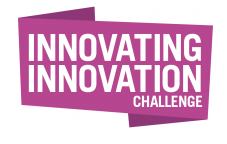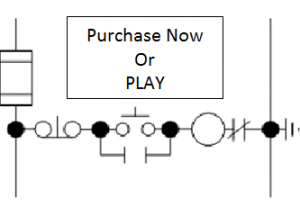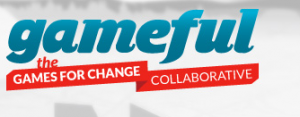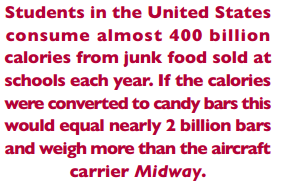Cognitive Designers Can Warp Time Perceptions
Wednesday, October 31st, 2012 The perception of time plays a critical role in service and experience design. Things can seem to take forever or end way too soon for a variety of psychological reasons. So I am always on the look out for new cognitive science studies on time perception that have implications for designers.
The perception of time plays a critical role in service and experience design. Things can seem to take forever or end way too soon for a variety of psychological reasons. So I am always on the look out for new cognitive science studies on time perception that have implications for designers.
For instance , recent research has uncovered that if we know two events are causally connected we expect them to be close together in time. One implication is that our knowledge of causation can seriously distort our perception of time and therefore the nature of experience we have. An example from the research:
” if people believe that they (or someone or something else) are in charge, the time appears to pass faster.”
Another example is the time experience after pushing an elevator button. If I push it, the elevator seems to take a long time. On the other hand if you push it, the elevator appears to arrive promptly.
From a cognitive design standpoint this puts a premium on understanding the cause-and-effect assumptions we use to access the features in products and services. There is an opportunity to leverage (not change) them to use temporal binding and create a more positive experience.
I am interested to hear from readers that have used design to warp time experience. What causal assumptions did you leverage?








